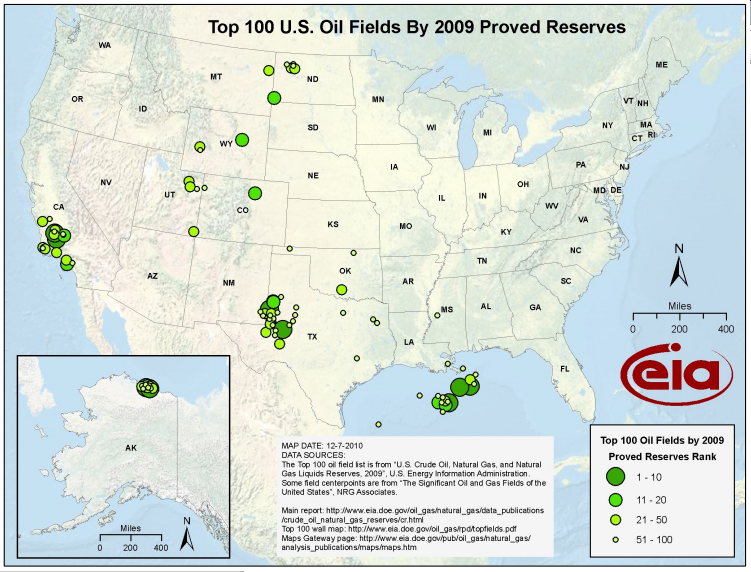I'm going to focus on the potential for enhanced oil recovery, permanent sequestration and government support for active projects. Carbon capture technology is a whole other beast.
EnhancedProjects Currently Underway
sequestration.mit.edu has a great database of active and cancelled CCS projects in the US. I was surprised how many projects are on the burner now. Here is a summary:

Including all of the cancelled projects, the US government is spending well into the billions on CCS across the country. Texas is obviously most active.
Where Conditions Are Favorable to Enhanced Oil Recovery in the US
According to the DOE, CO2 injection accounts for 60% of all EOR in the US.
CO2 injection has been used successfully throughout the Permian Basin of West Texas and eastern New Mexico, and is now being pursued to a limited extent in Kansas, Mississippi, Wyoming, Oklahoma, Colorado, Utah, Montana, Alaska, and Pennsylvania.
Most of this CO2 has come from naturally occurring reservoirs, but increasingly CO2 is coming from industrial processes, such as NG processing, fertilizer.
One demonstration at the Dakota Gasification Company's plant in Beulah, North Dakota is producing CO2 and delivering it by a 204-mile pipeline to the Weyburn oil field in Saskatchewan, Canada.
According to Dakota Gasification's website, the CO2 is injected for permanent sequestration. In fact, Cenovus, who signed a 10 year agreement to purchase ~2740 tonnes CO2/day from the Sask Power project above, currently gets 5,500 tons of CO2 per day from North Dakota. Sask Power CEO claims they can sell their CO2 for $15-50 per ton (Calgary Herald).
Conflicts withWhy EOR Might Be Thwarted By Production of Shale Gas and Oil
The two maps below show the top 50 largest proved oil reserves in the US and then a map of shale oil and gas formations.


It would seem that our largest oil reserves are in Texas, California, and the Northern Great Plains. However, these reserves coincide greatly with shale gas reserves. According to a 2012 study in Environmental Science and Technology, 80% of US capacity for CO2 geological sequestration (ie deep saline aquifers) exists in shale gas reserves. Unfortunately, the fracking process undermines the ability of the aquifer to meaningfully sequester the carbon - the CO2 would escape through the tiny cracks used to extract the natural gas.
Active US projects and Government Support
sequestration.mit.edu has a great database of active and cancelled CCS projects in the US. I was surprised how many projects are on the burner now. Here is a summary:

Including all of the cancelled projects, the US government is spending well into the billions on CCS across the country. Texas is obviously most active.